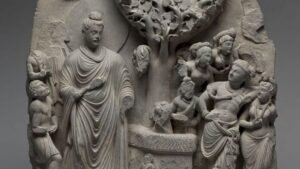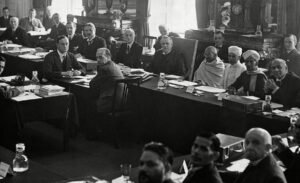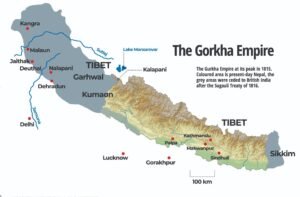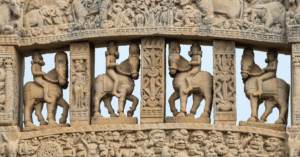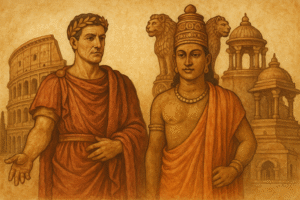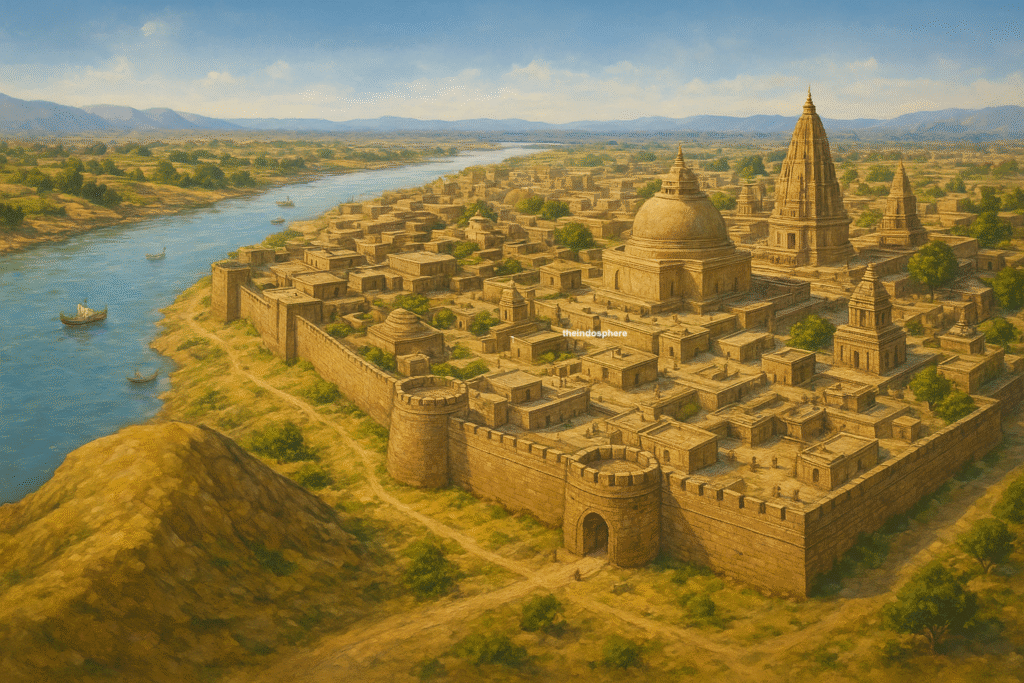
In the fertile valley where the Swat and Kabul rivers meet before joining the Indus once lay Pushkalavatī—“the city of Pushkala.” Today it is a quiet field of ruins at Charsadda, but in antiquity it was the proud capital of Gandhāra, a city of kings, poets, merchants, and monks. Long before Taxila rose to fame, Pushkalavatī was the heart of the northwest.
Pushkalavatī reached its height between the 6th century BCE and the 2nd century CE.
- 6th–4th century BCE: It served as the Achaemenid provincial capital of Gandhāra.
- 327 BCE: Mentioned by Greek historians as Peucelaotis when Alexander the Great besieged it.
- 3rd century BCE: Under the Mauryan Empire, it became a major Buddhist center; Ashoka likely patronized stupas there.
- 1st–2nd century CE: The city was still active under Indo-Greek, Indo-Scythian, and Kushan rule, though its importance was beginning to shift to Taxila and later Purushapura (Peshawar).
- By the 5th–7th century CE, when Faxian and Xuanzang visited Gandhāra, Pushkalavatī was described as largely in ruins.
In Myth and Epic
Pushkalavatī appears first in the Rāmāyaṇa, where it is said to have been founded by Pushkala, the son of Bharata, younger brother of Rāma. This origin myth linked it to the royal Ikshvāku line, giving the city a sacred and epic pedigree.
Greek historians, writing during Alexander’s campaigns, describe it as Peucelaotis—a city of formidable walls, fertile lands, and strategic value. The convergence of epic legend and historical record reveals a city both mythic and tangible.
The Achaemenid Satrapy
By the 6th century BCE, Pushkalavatī was incorporated into the Achaemenid Empire of Darius I. The Behistun inscription lists Gandhāra as a Persian province, and scholars agree that Pushkalavatī was its administrative seat. Persian influence introduced new systems of governance, coinage, and likely the Aramaic script that would shape later Indian writing.
This Persian connection also opened Gandhāra—and Pushkalavatī in particular—to the great trade routes running from Mesopotamia into the Indian plains.
Alexander at Pushkalavatī
When Alexander the Great entered Gandhāra in 327 BCE, Pushkalavatī was his first major target. Classical sources (Arrian, Anabasis) recount that the city resisted fiercely. The local ruler surrendered after a siege, and Alexander installed a satrap. Greek soldiers described the fertile fields and river plains surrounding the city, recognizing its strategic value as the gateway to India.
The Greek rendering, Peucelaotis, carried the name of Pushkalavatī into Mediterranean records, ensuring its place in the annals of world history.
Mauryan and Buddhist Pushkalavatī
After Alexander’s death, Pushkalavatī passed to Chandragupta Maurya (321–297 BCE), forming part of the Mauryan Empire. Under Ashoka, Buddhism flourished here. Archaeological remains of stupas and monasteries around Charsadda confirm that Pushkalavatī became a vibrant Buddhist city.
The city’s importance was noted in Buddhist texts: the Anguttara Nikāya lists it among the great cities of India. Pilgrims recalled Ashoka building stupas here to enshrine relics of the Buddha.
A City of Trade and Culture
Pushkalavatī thrived as a trading hub. Its location at the junction of river valleys placed it on the route connecting Bactria and Central Asia with the Punjab and the Gangetic plain. Coins from Achaemenid, Greek, Mauryan, and later Indo-Scythian and Kushan rulers have all been found at Charsadda, testifying to its continuous role in commerce.
Archaeological surveys reveal well-planned streets, fortifications, and evidence of skilled artisanship—ceramics, terracottas, and inscriptions. It was a city where Persians, Greeks, Indians, and Central Asians mingled.
Decline and Eclipse
By the early centuries CE, the capital of Gandhāra shifted from Pushkalavatī to Taxila and later Peshawar (Purushapura). The reasons remain debated: flooding from the Swat and Kabul rivers may have damaged the city, or new trade routes may have shifted eastward.
When the Chinese pilgrim Xuanzang (7th century CE) visited the region, he described Pushkalavatī as lying in ruins, though Buddhist shrines still dotted the landscape. Over time, the city faded into obscurity, its stones reused by villagers and its memory preserved only in texts.
Legacy of Pushkalavatī
Though overshadowed by Taxila, Pushkalavatī was the first great city of Gandhāra—its original capital, its mythic birthplace, and its Persian and Greek frontier. It represents the earliest stage of Gandhāran urban history, when the region became a meeting ground of India and the wider world.
Today, the mounds of Bala Hisar and Shaikhan Dheri at Charsadda are all that remain. Archaeologists have uncovered pottery, coins, and foundations that whisper of the city’s grandeur. Pushkalavatī may no longer stand, but its story anchors the history of Gandhāra as a land of convergence—where epics met empires, and where India first looked outward to the world.

